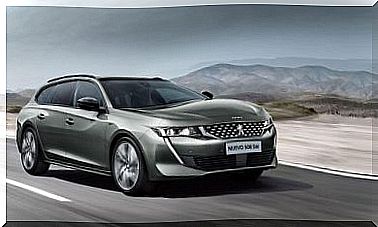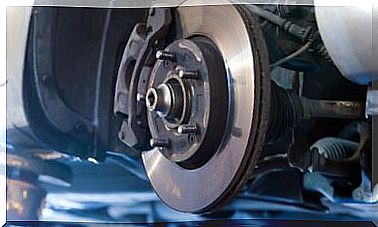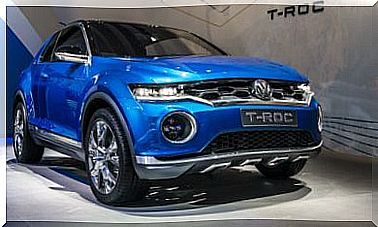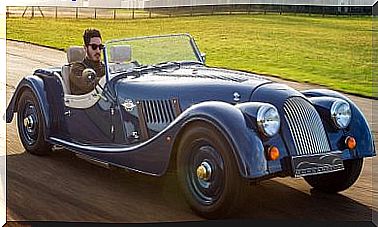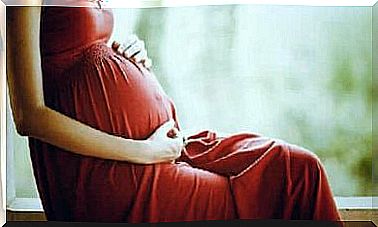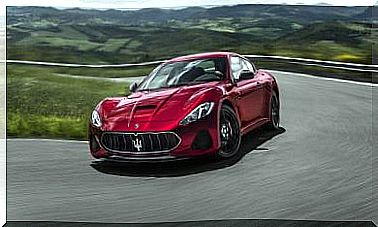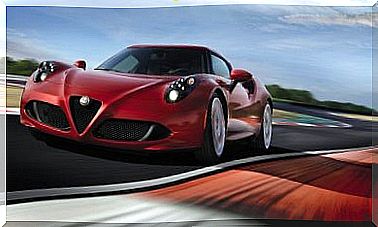Jaguar XJ220, The British Supercar Of The Nineties
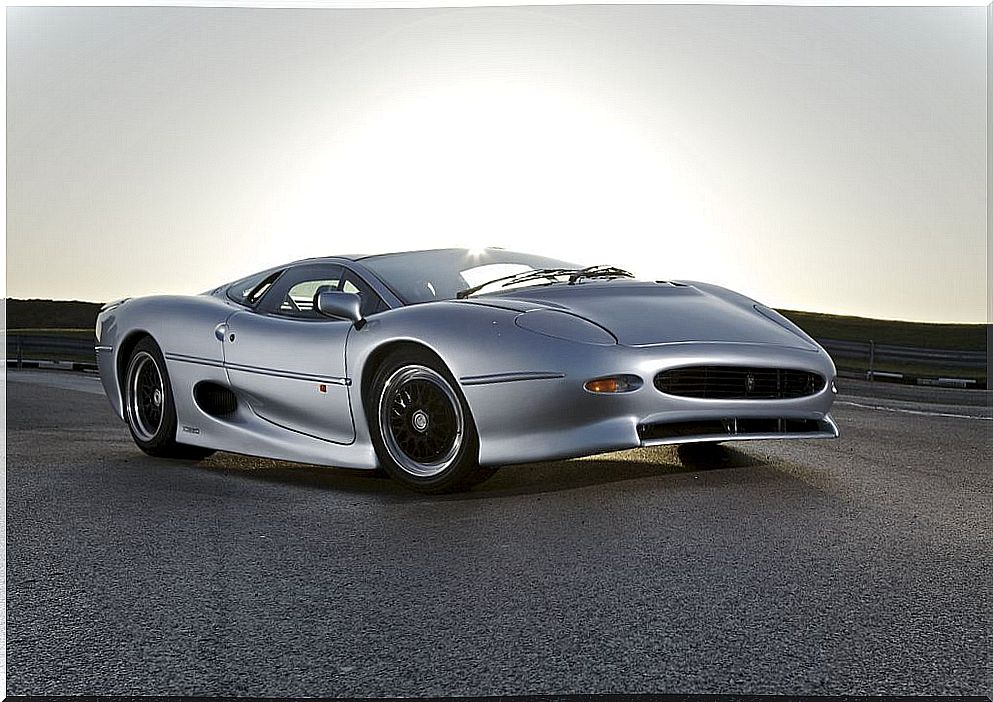
At the end of the 80s, motor racing was at its best, with the arrival of numerous technologies or designs and ideas that were impossible until then. It was a time of excess, and its biggest showcase was the Group B of the World Rally Championship, a championship that was attracting more and more manufacturers.
Well known are the cases of the Ferrari 288 GTO and Porsche 959, great engineering works that were left in limbo when the category was canceled in 1986. However, it is not widely known that even Jaguar was in the process of developing its own model. to compete in that category.
XJ220 Gestation
With the unexpected cancellation of Group B, the engineers of the British brand began to work on a supercar in which to apply the technology created for rallies, at the same time as they paid tribute to their successes in the Endurance World Championship. The project, called XJ220, was unveiled to the public at the 1988 Birmingham Motor Show.
This prototype was featured with a massive 6.2-liter 500hp V12 engine derived from the racing XJR-9. It also inherited its all- wheel drive with a distribution of torque of 31/69% between axles; the suspension and the semi-automatic transmission were also derived from the competition.
Designed by Geoff Lawson, its curved body featured a short nose with retractable headlights, a glass engine hood, and a long tail known as a long tale or Kamm . As a curiosity, the 220 in its name is a reference to top speed: 220 miles per hour (345 km / h).
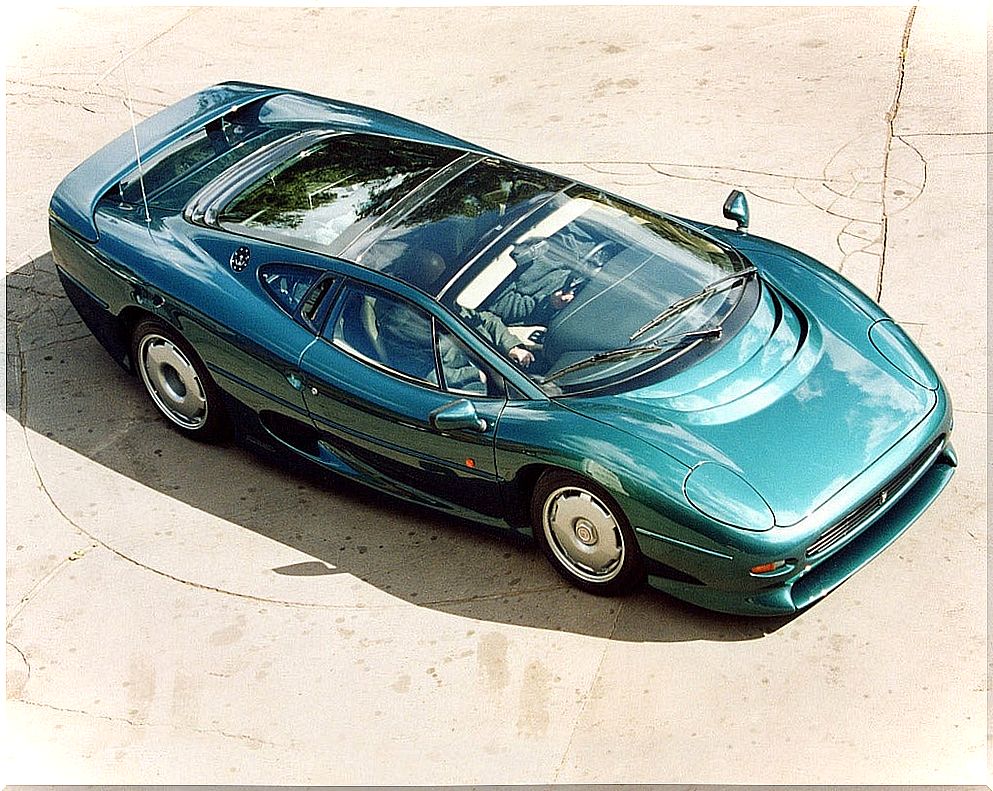
In its presentation, Jaguar emphasized that it was nothing more than a design exercise for which there were no plans to produce it. Even with those, the press managed to get Jaguar to offer a hypothetical retail price of £ 250,000.
Fortunately, a year after the brand confirmed aría a limited print run of 220 units would occur expandable to 350 if demand required. Its development and construction would be carried out by Jaguar’s sports department –JaguarSport– and TWR, the company that ran the brand’s competition program.
It took three years for the XJ220 to go into production, and to the surprise of the press and the public, the final product differed somewhat from the original prototype. The huge V12 engine gave way to a ‘small’ V6 Twin-Turbo with which to better adapt to the increasingly stringent emission regulations. Still, the power increased to 542 hp. All-wheel drive was also scrapped in favor of rear-wheel drive.
Unexpected problems
Up to 1,500 reservations were received, but as the brand advanced in 1988, only the first 350 would be taken. Sadly, the classics market crashed and the potential reversal of the XJ220 was yet another casualty. Also, the price increase to £ 290,000 was not that helpful, and quite a few customers withdrew their reservation.
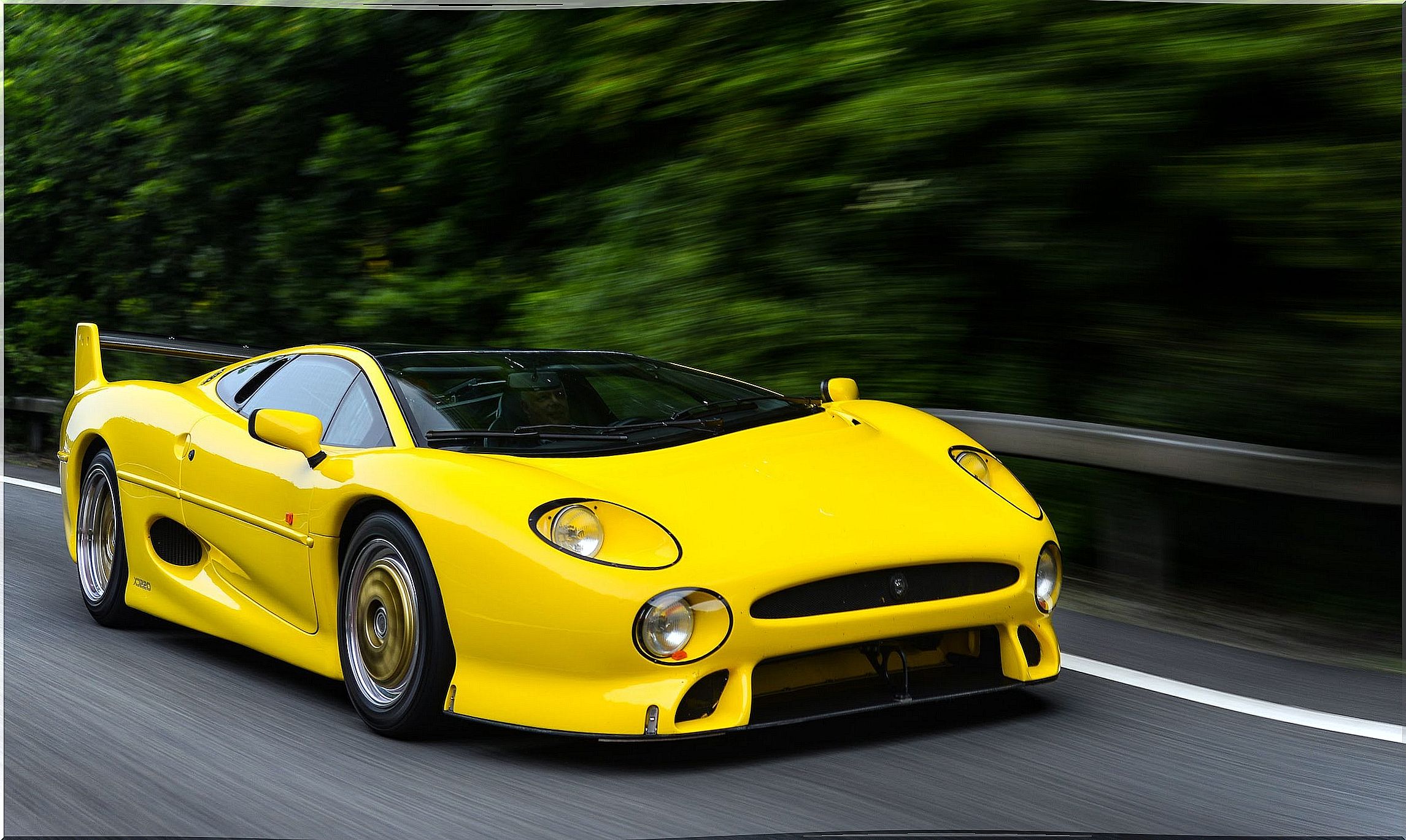
Faced with this situation, Jaguar had no choice but to reduce production to 280 units, which were completed between 1992 and 1994. Of all of them, TWR would update six units to the XJ220S specification, which had a 680 hp engine and Carbon bodywork of the racing version, the XJ220C.
Unfortunately, the changes that the car received with respect to the original prototype have led to the XJ220 being considered a failed model, so its prices today are much lower than those of contemporary rivals.
Recently, in the program The Grand Tour of the Amazon Prime platform , Jeremy Clarkson compared this British supercar with one of its rivals, the Bugatti EB110, which we talk about in this article.
